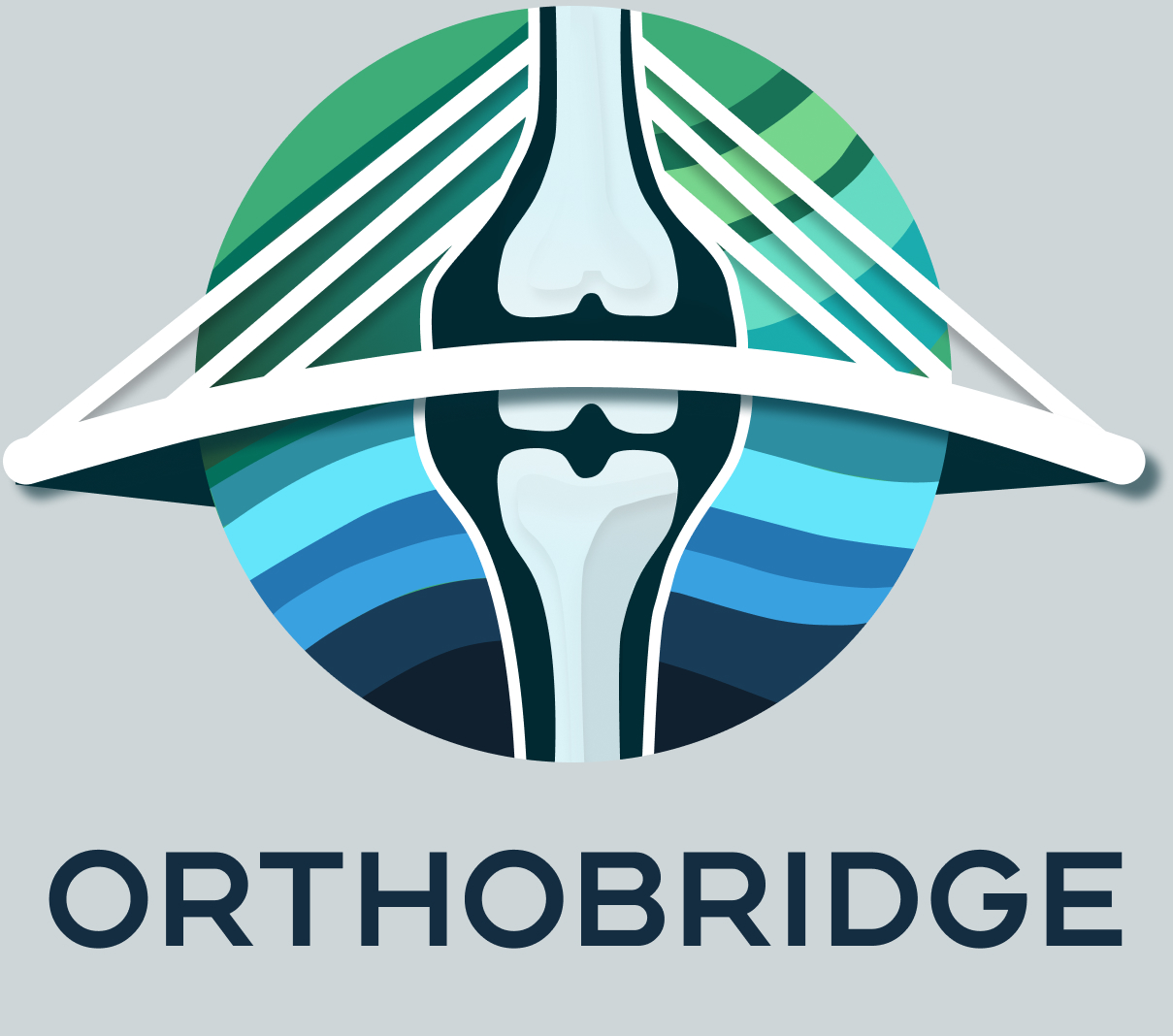Contact Us
Our team is here for you should you have any immediate questions.
Contact Info
Our Office
Landmark Plaza, Argwings Kodhek Rd, 5th Floor, South Wing
Office Hours
Monday to Friday: 7 AM – 5:30 PM
Saturday: 8 AM – 1 PM
Sunday: Closed
Get in Touch
+254 701 794697
+254 104 927375
info@orthobridgeorthopedics.com
Call:
+254 701 794 697
+254 104 927 375
Dedicated to helping you live life fully
Get In Touch
If I see an orthopedic surgeon, will he/ she generally recommend surgery?
What are the most common orthopedic surgeries?
The most common orthopedic surgeries are:
- Arthroscopic surgery of the knee, shoulder, elbow, wrist, hip, and ankle
- Joint replacement surgery, during which an arthritic or damaged joint is removed and replaced with an artificial joint
- Repair of soft tissue injuries, such as torn tendons or ligaments
What is arthroscopic surgery?
Arthroscopic surgery is a minimally invasive procedure in which the surgeon uses a high-definition, fiber optic camera that is about the diameter of a pencil to perform surgery through small incisions.
Arthroscopy is also used to diagnose and treat virtually all joint problems, including those of the shoulder, elbow, wrist, hip, knee, and ankle. The visualization that arthroscopy makes possible allows your surgeon to treat many conditions in the least invasive manner possible.
Because arthroscopic surgery is performed through small incisions, injury to soft tissues is avoided, which results in quicker and less painful recovery times. Most patients go home the same day they have surgery.
Can I be awake during the surgery?
You will not be able to see the surgery itself because a large sterile drape is placed between you and the surgeon.
This is to protect the “sterile field,” the important area of your surgery, from any contamination of germs that can cause infection.
When is an orthopedic surgery required?
The following parameters must be considered before a decision on an orthopedic surgery can be made:
- Progressively worsening pain caused by damaged or deformed bone and/or joint
- Dislocation of joints due to accident and/injury
- Spinal deformities unable to be treated by normal methods
There is no scientific thumb rule to suggest a definite time to undergo a joint replacement. However, when clinical and non-invasive methods fail to alleviate the pain, a joint replacement remains the best option.
You will require a thorough examination of the joints as well as routine diagnostics such as blood tests, urine analysis, and for older patients an ECG. Diet may also be regulated before and after the surgery to supplement the body’s ability to handle the procedure. There is a possibility that only one of the joints is severely affected in which case you can opt for bilateral surgery.
What is expected after surgery?
In the long run, the idea of having a joint replacement is to allow the patient to resume a normal life. However, in the immediate aftermath of the surgery proper care must be taken to strengthen the joint before exerting it completely.
Joint replacement surgeries are among the safest procedures performed worldwide.
Complete relief from pain, ease of movement, and freedom – patients will re-discover for themselves following a joint replacement procedure.
What is a meniscus tear and how does it tear?
Meniscus tears can occur when you lift something heavy or play sports. As you get older, your meniscus gets worn. This can make it tear more easily.
What is arthritis?
The word arthritis literally means “joint inflammation.” Arthritis refers to a group of more than 100 rheumatic diseases and other conditions that cause pain, stiffness, and swelling in joints.
Rheumatoid arthritis is a disease that damages the lining surrounding our joints while also destroying our bones, tissue, and joints over time.
Osteoarthritis is a progressive condition that slowly damages the cartilage surrounding the ends of bones and is common in the hip, knee, and spine
Do I use ice on my injury? Do I use heat on my injury?
The general guideline is to apply ice indirectly (not directly on the skin) for 20 minutes, remove the ice for at least 20 minutes, and repeat as necessary.
Heat is used to increase blood flow, which helps promote pain relief after inflammation and swelling subside. Heat is also used to assist in warming muscles up prior to exercise, any physical activity, or physical therapy.
What is a fellowship trained orthopedic surgeon?
There are fellowships in all areas of orthopedics, including foot and ankle, hand and wrist, back, and neck and spine. Additionally, orthopedic surgeons may focus on a specific field of orthopedics, like pediatrics, sports medicine, or trauma.
